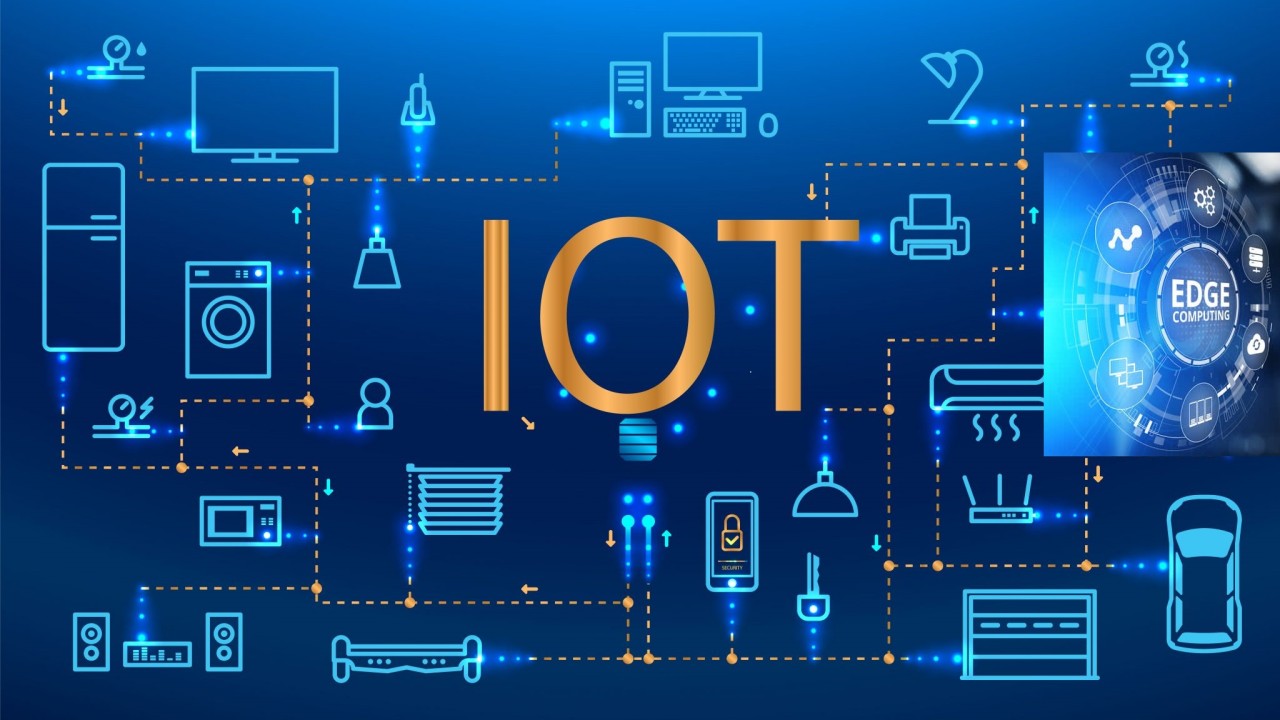Description
Introduction of Edge IoT Architecture
Edge IoT Architecture is key to enabling the rapid and efficient processing of data generated by IoT devices. This course delves deep into the architectural layers of Edge IoT, exploring the components, data flow, communication protocols, and design patterns that power modern IoT systems. Participants will gain insights into the role of edge devices, gateways, and how they interact with cloud and network infrastructure, driving real-time analytics, reduced latency, and cost-effective data management.
Prerequisites
- Basic understanding of IoT concepts and networking principles
- Familiarity with cloud computing, distributed systems, and edge devices
- Basic programming skills (Python, C++, or similar)
- Understanding of embedded systems, sensors, and communication protocols (optional)
Table of Contents
- Introduction to Edge IoT Architecture
1.1. Overview of IoT and Edge computing(Ref: Introduction to Edge Computing and IoT Applications)
1.2. Key drivers of Edge IoT architecture
1.3. Core architectural components of an Edge IoT system
1.4. Importance of distributed computing in Edge IoT
1.5. Real-world applications of Edge IoT architecture
- Understanding Edge Devices
2.1. Overview of Edge devices: sensors, actuators, and edge nodes
2.2. Computational capabilities of edge devices
2.3. Data collection, processing, and transmission at the edge
2.4. Edge device power management and efficiency
2.5. Common edge device platforms: Raspberry Pi, NVIDIA Jetson, Arduino
- Edge Gateways and their Role in IoT Architecture
3.1. Introduction to edge gateways: connecting edge devices to the cloud
3.2. Gateway architectures: local processing and data aggregation
3.3. Protocol translation and data filtering at the gateway
3.4. Security and control in gateway-based architectures
3.5. Examples of edge gateway implementations
- Communication Protocols in Edge IoT
4.1. Networking fundamentals for Edge IoT systems
4.2. Key communication protocols: MQTT, CoAP, HTTP/2, LwM2M
4.3. Role of 5G, LoRaWAN, and other networking technologies
4.4. Data transmission efficiency and low-latency considerations
4.5. Edge-to-cloud vs. edge-to-edge communication
- Distributed Data Processing and Storage in Edge IoT
5.1. Data processing models: centralized vs. decentralized processing
5.2. Real-time data processing and analytics at the edge
5.3. Edge storage solutions: local storage vs. cloud offloading
5.4. Handling data reliability and consistency in distributed environments
5.5. Machine learning and AI at the edge
- Edge IoT Security and Privacy Considerations
6.1. Common security challenges in Edge IoT architecture
6.2. Data encryption and access control in edge networks
6.3. Securing edge devices, gateways, and communication channels
6.4. Case study: Security breaches in Edge IoT and mitigation strategies
6.5. Ensuring privacy and compliance in data-sensitive applications
- Cloud and Edge Collaboration in IoT Systems
7.1. Cloud-edge hybrid architectures: advantages and trade-offs
7.2. Managing the flow of data between the edge and cloud
7.3. Edge orchestration: resource allocation and task scheduling
7.4. Latency optimization and scalability strategies
7.5. Use cases: cloud-edge collaboration in industrial IoT, healthcare, and smart cities
- Designing and Implementing Edge IoT Architecture
8.1. Best practices for designing scalable Edge IoT architectures
8.2. Considerations for choosing hardware and software components
8.3. Optimizing data flow, security, and resource usage in edge systems
8.4. Edge computing frameworks and platforms: OpenFaaS, AWS Greengrass, Microsoft Azure IoT Edge
8.5. Real-world architectural patterns and design case studies
- Hands-on Project: Building a Functional Edge IoT Architecture
9.1. Setting up an edge-to-cloud architecture using Raspberry Pi and cloud services
9.2. Configuring edge devices and gateways for real-time data processing
9.3. Implementing communication protocols and ensuring secure data flow
9.4. Monitoring and analyzing edge device performance
9.5. Final project discussion and Q&A
This training provides a detailed, hands-on approach to understanding and designing robust Edge IoT architectures, preparing participants to build scalable and secure IoT systems in real-world applications.
Reference







Reviews
There are no reviews yet.